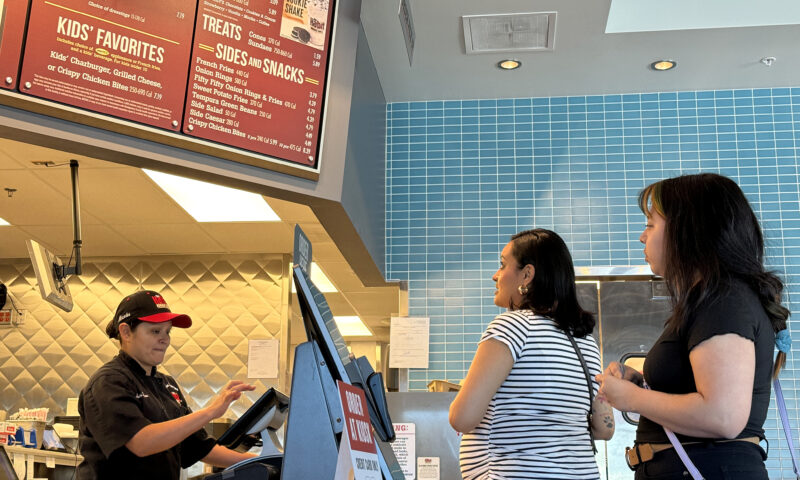
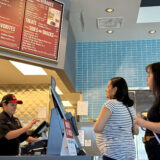
Ahead of a ballot measure to add $2 to the hourly minimum wage, studies show fast food jobs increased after the state bumped hourly pay to $20 in that sector.
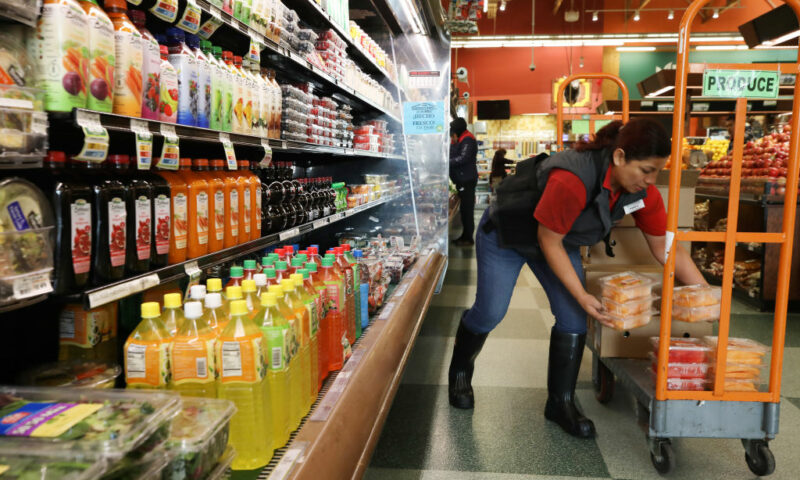

Low-wage industries are forecast to lead job growth, and the share of workers 55 and older has doubled.
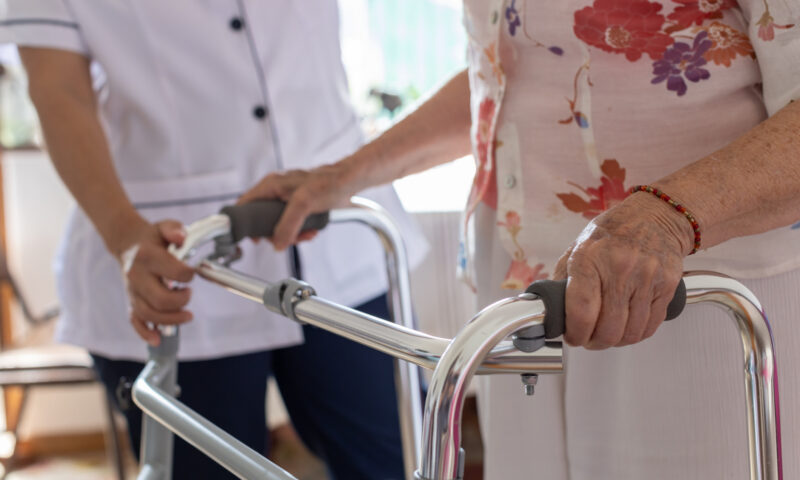

Contrary to common beliefs, many Californians in low-wage jobs are in the later stages of their work lives. They also play a crucial role in taking care of the state’s aging population.
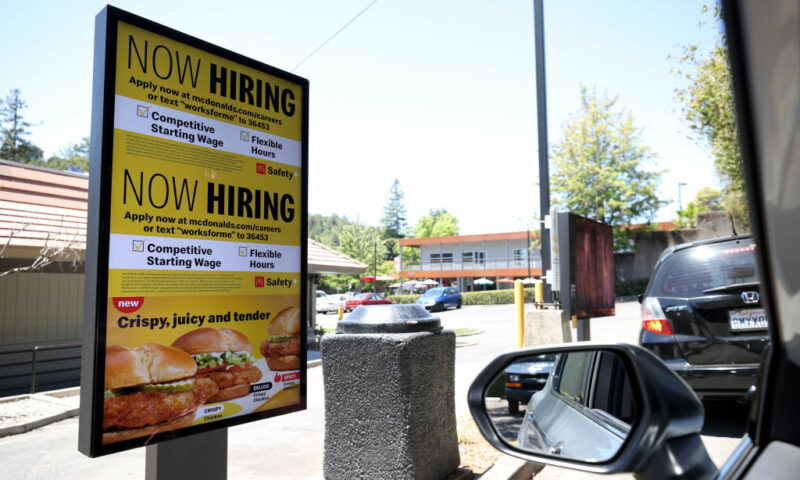
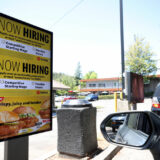
A tight labor market and local minimum wages that are already close to the new $20 minimum are among the reasons.


Studies have repeatedly shown wage increases bring few job cuts and boost local economies.
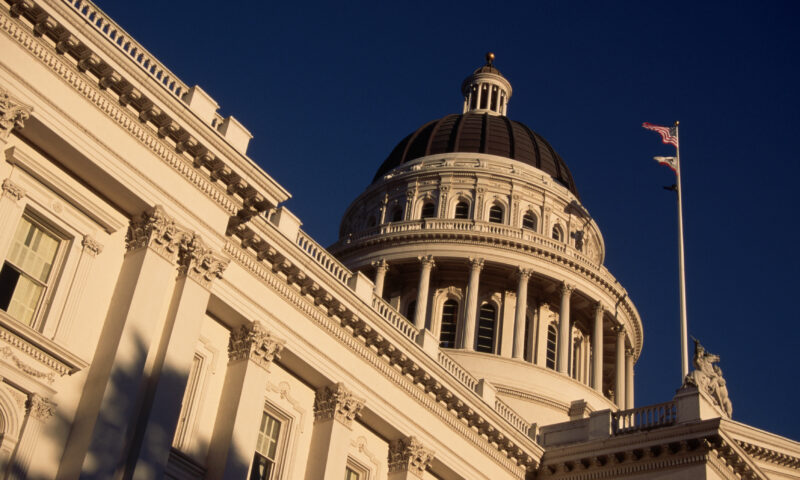

Minimum wages to rise statewide, with larger gains for fast food and health workers. More paid sick leave, workplace violence prevention rules and other worker protections are also to begin Jan. 1.


Likely all Los Angeles workers, says a new study of pay and expenses. But the political will is not yet there.
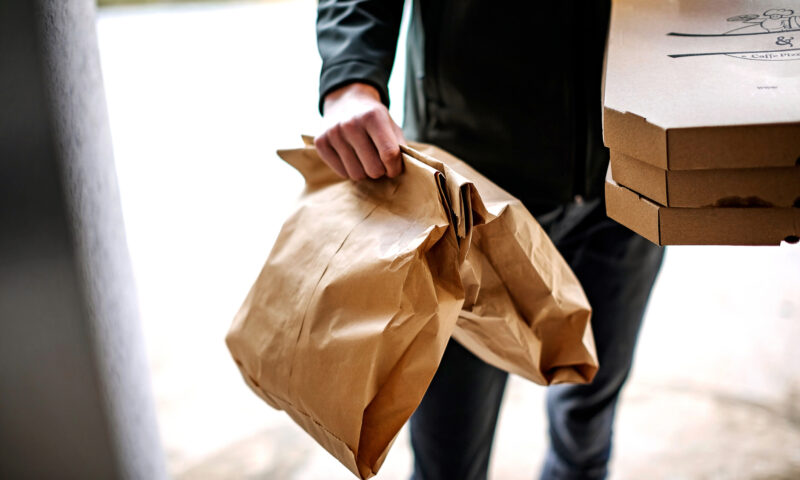

Family needs and the lack of a safety net add to a college graduate’s struggle to rise from California’s low-wage economy.


How to help health care workers live where they are employed.
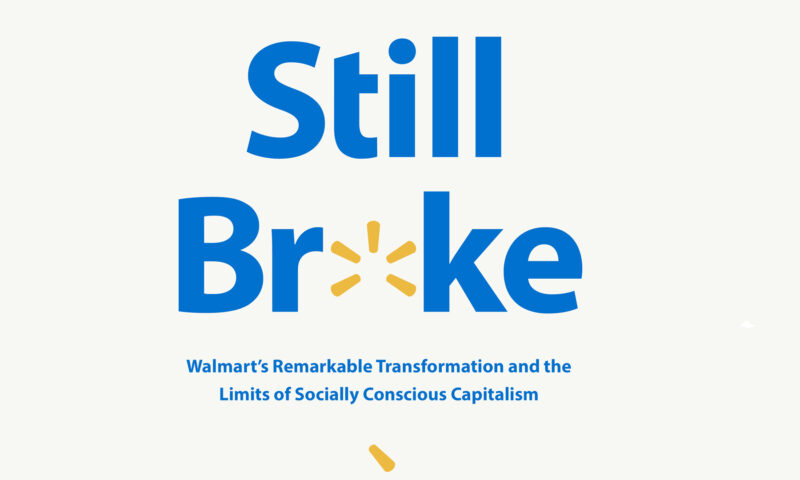
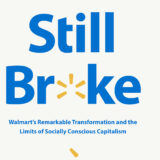
Author Rick Wartzman’s new book examines how improvements in pay by the retail giant fall far short of what society owes workers.
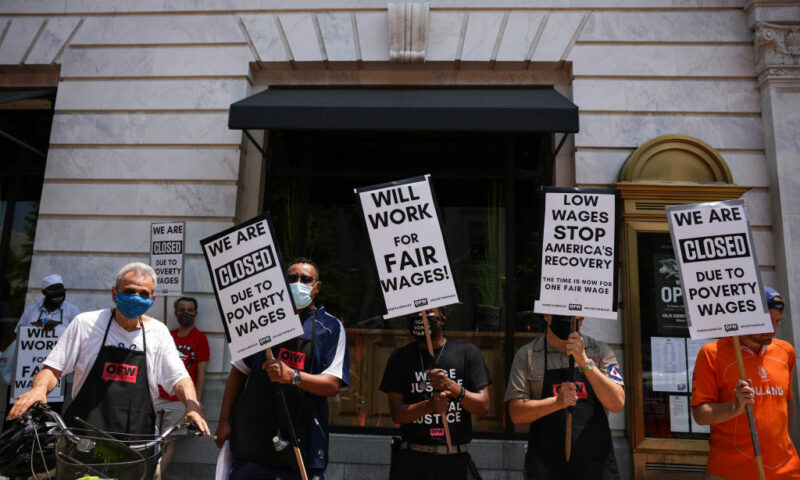
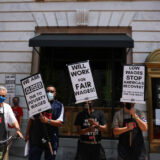
But where they don’t, millions of workers are stuck at the record-low federal floor.
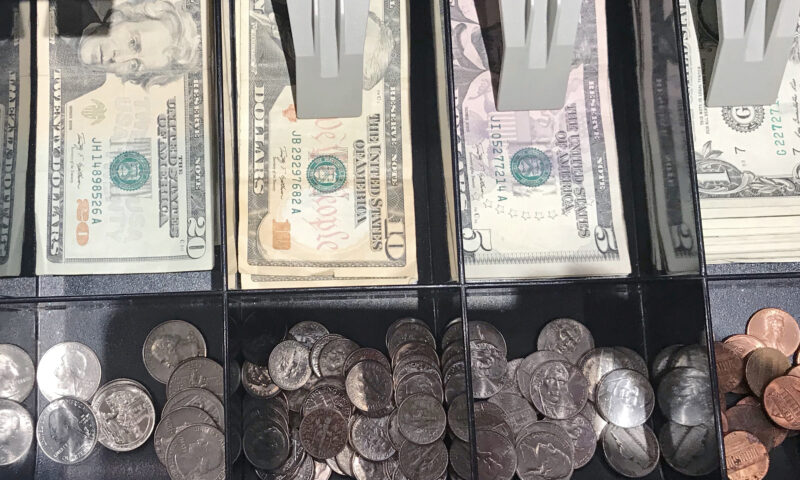

Lifting the minimum wage to $18 would elevate the earnings of 26% of the state’s workforce. What will lawmakers do?
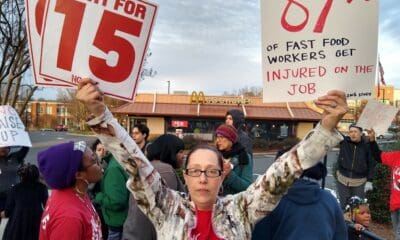
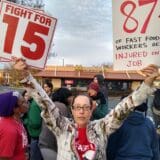
A $15 per hour minimum wage increase was stripped from the economic stimulus package. But the fight to raise the wage has just begun.
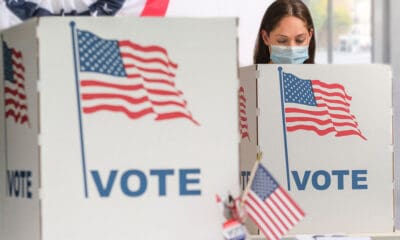
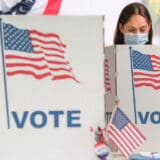
Trump’s policies have harmed women, say critics. But his handling of COVID may be what sends them running.
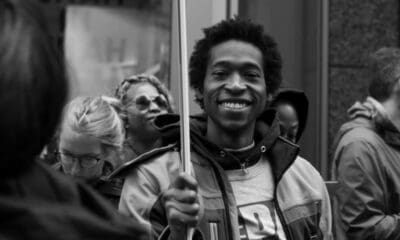

Calvin Wongus has had no trouble finding employment in the tight labor market. But for the poorest workers like himself, the jobs have been low-paying and part-time.


Disneyland is facing a class-action lawsuit from workers who claim the Anaheim resort is dodging a new minimum wage law.
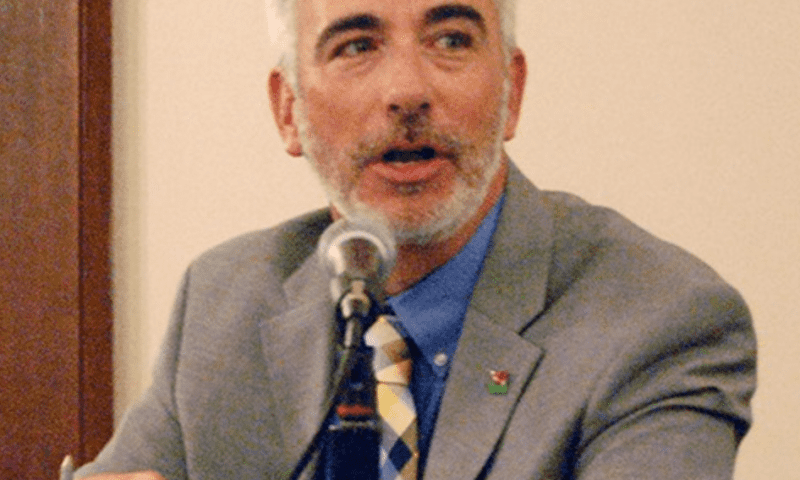
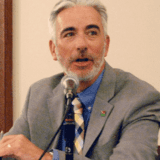
“What’s Next After $15?” a forum recently held by the American Civil Liberties Union’s Pasadena chapter, brought together community organizers and antipoverty activists to discuss the challenges now faced by the City of Roses to implement its new living wage law.

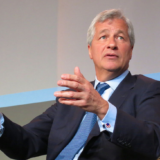
Jamie Dimon, CEO of JPMorgan Chase, knows something about pay increases. Last year, JPMorgan Chase’s board gave Dimon a 35 percent pay increase, from $20 million to $27 million, even though the bank’s profits fell two percent and it laid off 6,671 employees.
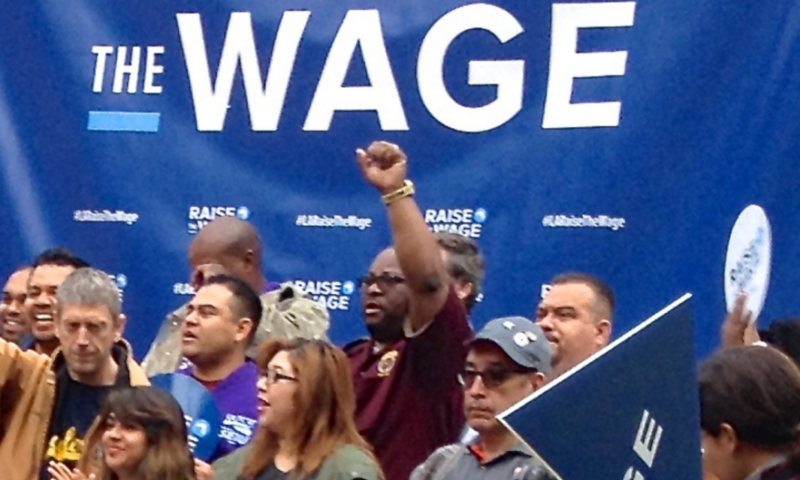
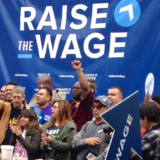
At a time when the income chasm between California’s wealthiest and poorest residents continues to be one of the widest in the nation, 2016 might become a watershed year in California’s ongoing struggle to achieve income equity for the state’s nearly 4.8 million low-wage households.

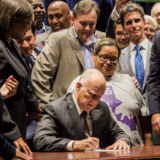
The placards stacked outside the Ronald Reagan State Building said it all: “We Did It!” The hundreds of low-income workers who had just carried those signs had come to downtown Los Angeles Monday morning to celebrate “it” – the passage of a $15 an hour state minimum wage. The mood was jubilant, almost delirious, in anticipation of Governor Jerry Brown’s arrival to sign the measure, known as Senate Bill 3.
To be clear: The new wage law does not mean fast-food workers, janitors, in-home caregivers or others are about to jump from earning $10 an hour to $15. Come January 1, 2017, people earning the current minimum wage will move to a $10.50 hourly wage. The following January, it will go up to $11, not reaching $15 until 2022 (2023 for workers employed in companies with 25 or fewer workers). But along the way, workers who previously had to get sick on their own time will be given three paid days off – a big boost for their health and the well-being of both the people they work with and serve.
» Read more about: Sweet 15: Governor Signs $15 an Hour Minimum Wage Bill »